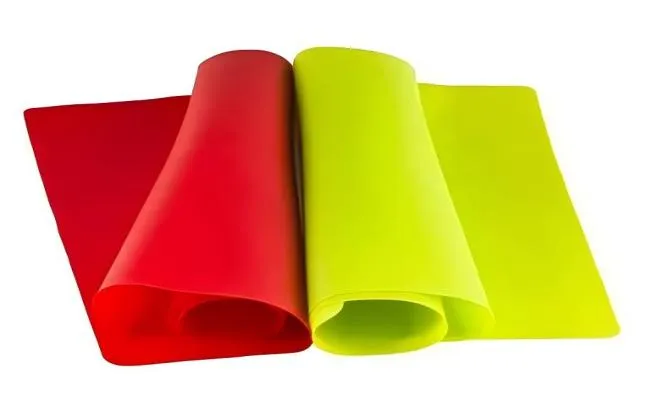
In the article "Is Silicone Safer Than Plastic For Food?", I dive into the safety and practicality of silicone compared to plastic in food-related applications.
Learn more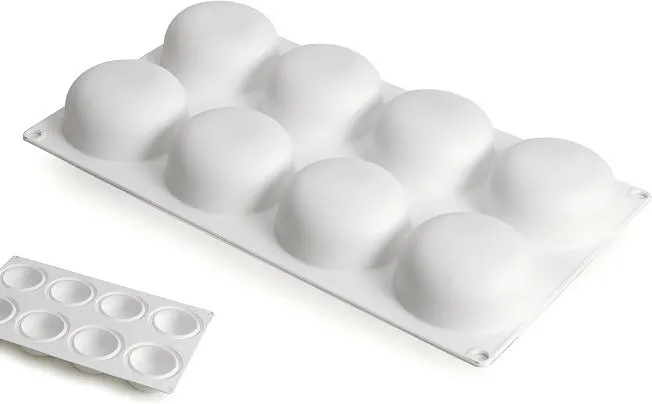
Understanding the role of siloxane bonds in 100% silicone is crucial for those in industries ranging from healthcare to electronics. The article also highlights the manufacturing p…
Learn more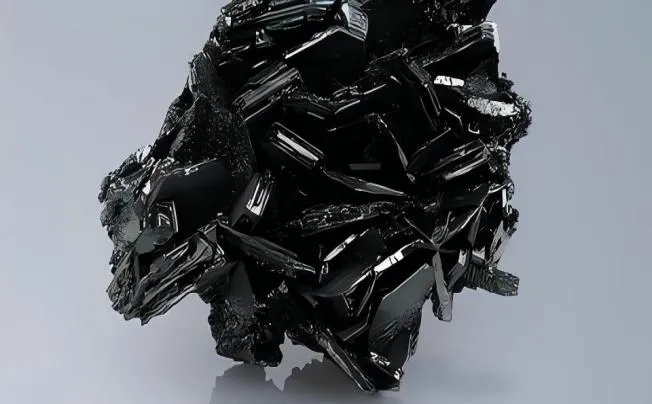
You will benefit from this article by gaining a comprehensive understanding of silicone’s strengths, such as its safety and non-toxicity, as well as its limitations, including envi…
Learn more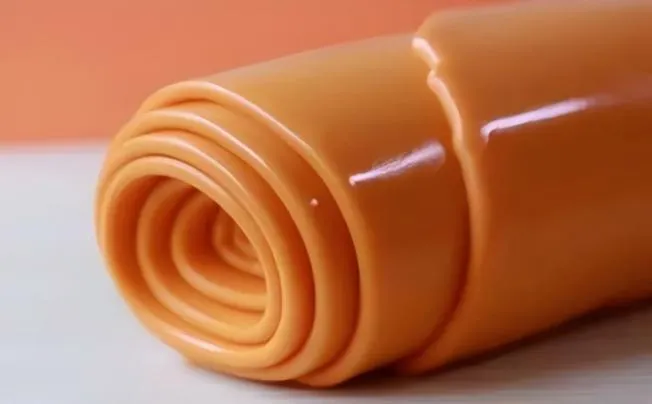
It outlines the extensive geographical distribution of quartz in countries like the US, Brazil, Norway, and China, and explains the mining methods involved, including both open-pit…
Learn more
In exploring the differences between liquid silicone and solid silicone, this article provides a comprehensive understanding of their properties, applications, and manufacturing pr…
Learn more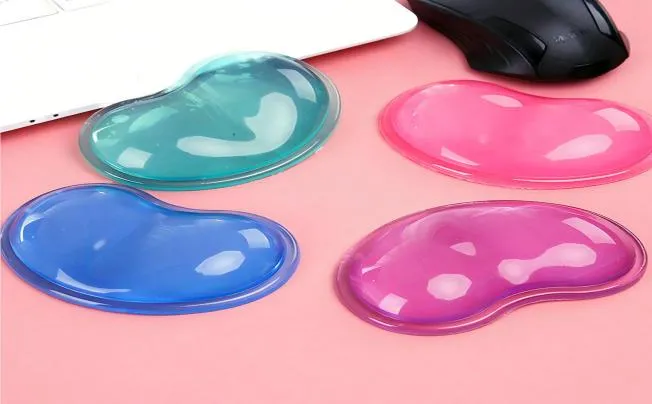
In this article, I explore the fundamental differences between silicone curing and drying. This knowledge helps in achieving optimal performance and longevity of silicone applicati…
Learn more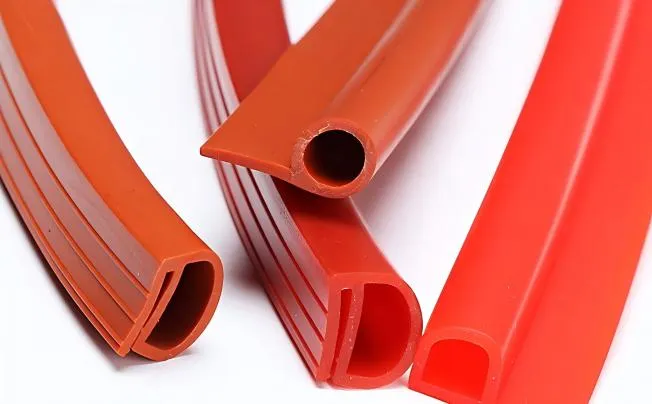
The article discusses the waterproof nature of silicone, emphasizing its unique molecular structure that includes silicon, oxygen, carbon, and hydrogen.
Learn more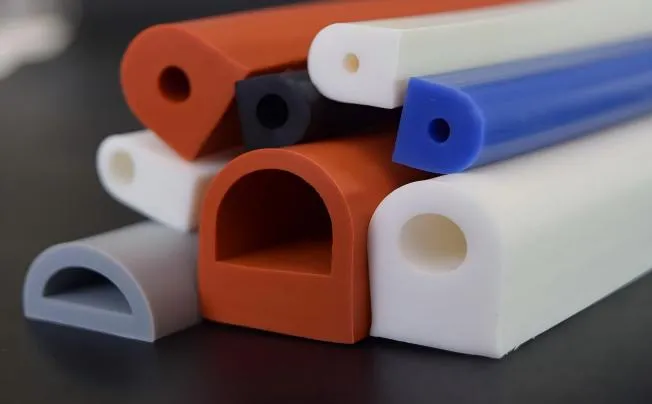
You will benefit from understanding both the benefits and potential concerns of using silicone in skincare. The article emphasizes the importance of patch testing for sensitive ski…
Learn more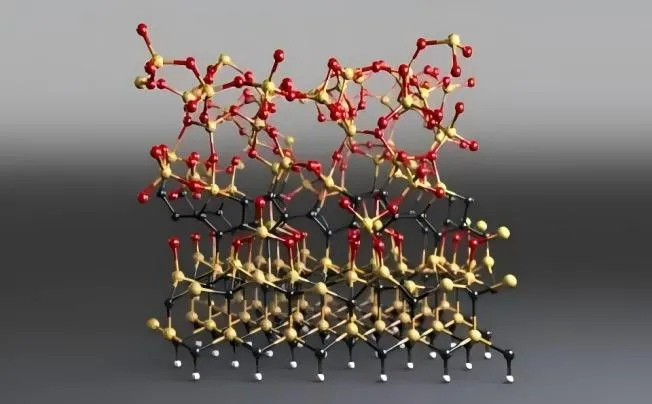
You will benefit from understanding the geographical diversity and extraction methods of silicon reserves in Europe, Africa, and Oceania. Countries like Norway, Spain, South Africa…
Learn more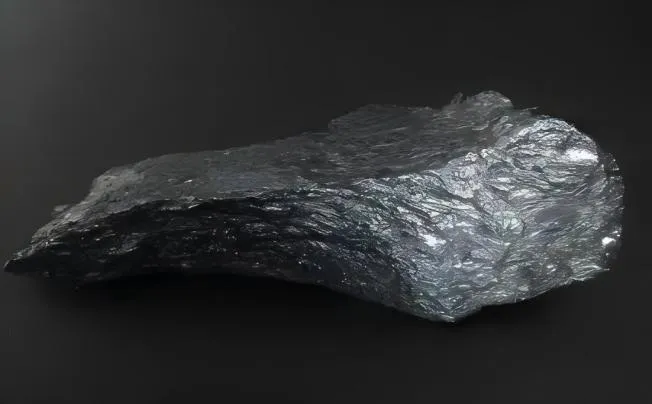
“Is silicon brittle?” Various factors affect the durability of silicon, such as its purity level, crystal structure, and temperature fluctuations. Understanding these factors is cr…
Learn more